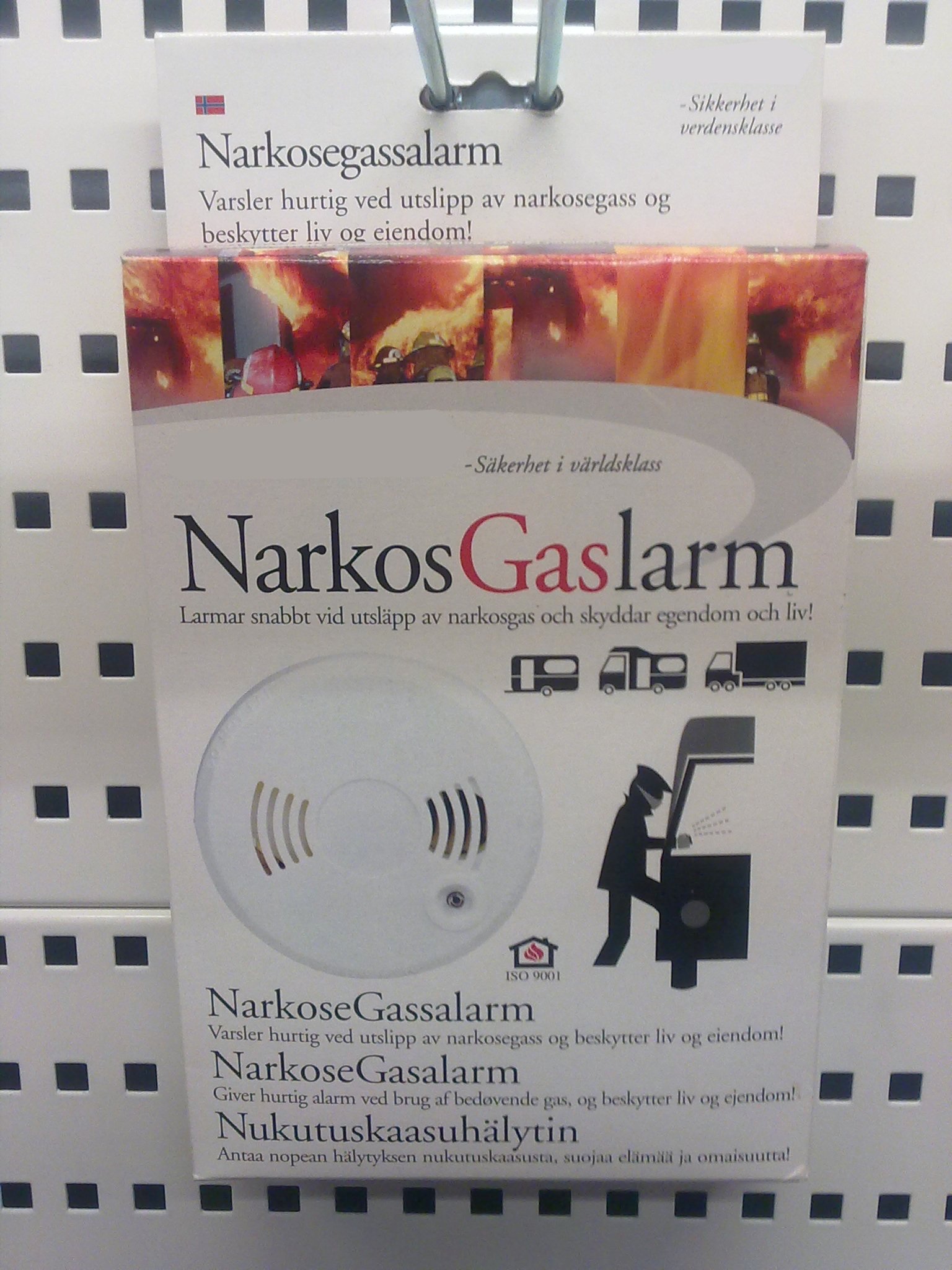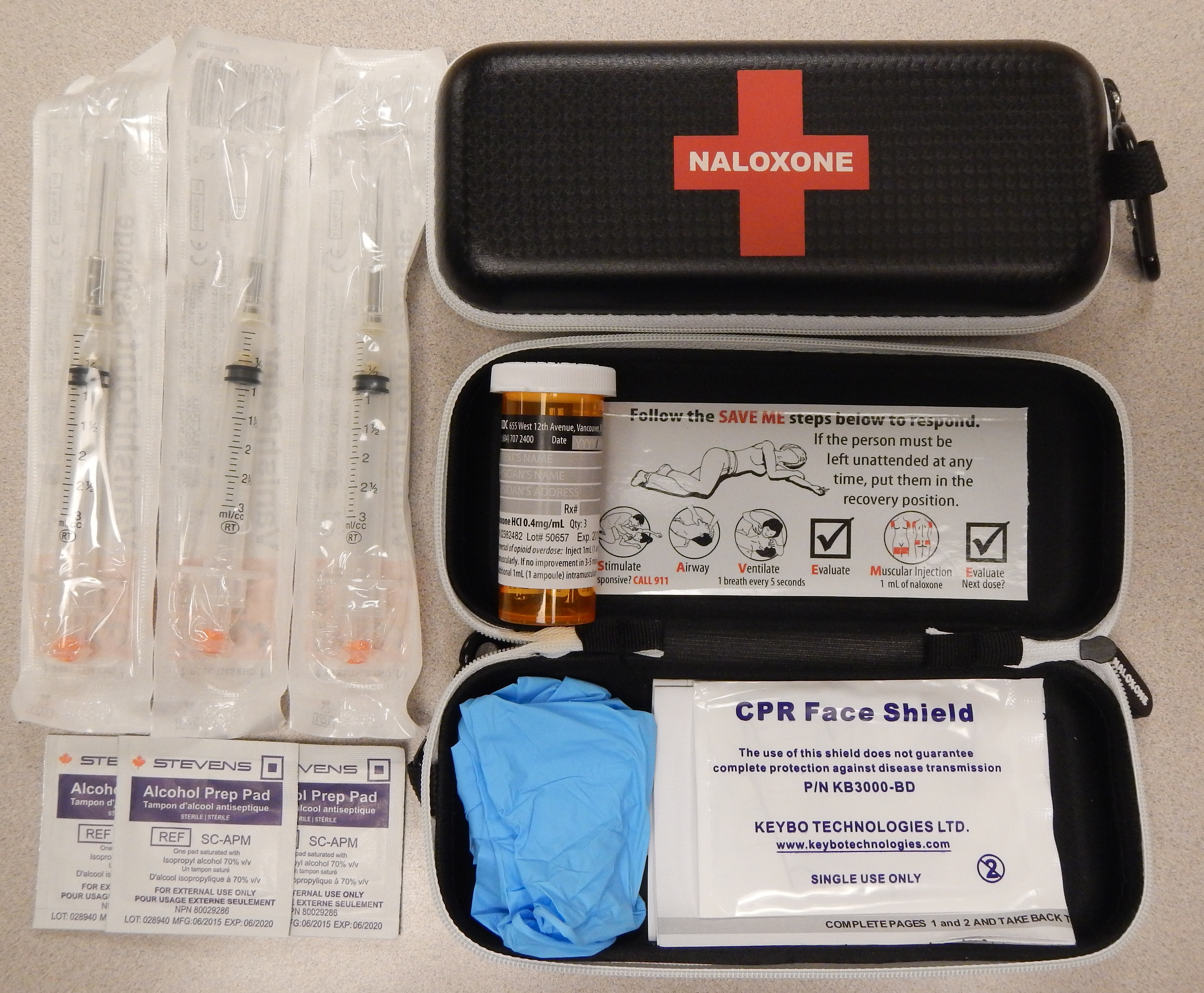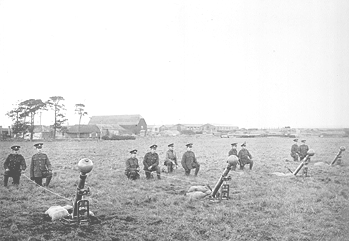|
KOLOKOL-1
Kolokol-1 (russian: Колокол meaning "bell") is a synthetic opioid developed for use as an aerosolizable incapacitating agent. The exact chemical structure has not yet been revealed by the Russian government. It was originally thought by some sources to be a derivative of the potent opioid fentanyl, most probably 3-methylfentanyl dissolved in an inhalational anaesthetic as an organic solvent.Russia Confirms Suspicions About Gas Used in Raid Washington Post, 31 October 2002. However, independent analysis of residues on the |
Incapacitating Agent
The term incapacitating agent is defined by the United States Department of Defense as: :"An agent that produces temporary physiological or mental effects, or both, which will render individuals incapable of concerted effort in the performance of their assigned duties." It describes an agent which renders a person unable to harm themselves or others, regardless of consciousness. Lethal agents are primarily intended to kill, but incapacitating agents can also kill if administered in a potent enough dose, or in certain scenarios. The term "incapacitation," when used in a general sense, is not equivalent to the term "disability" as used in occupational medicine and denotes the inability to perform a task because of a quantifiable physical or mental impairment. In this sense, any of the chemical warfare agents may incapacitate a victim; however, by the military definition of this type of agent, incapacitation refers to impairments that are temporary and nonlethal. Thus, riot-contr ... [...More Info...] [...Related Items...] OR: [Wikipedia] [Google] [Baidu] |
Moscow Hostage Crisis Chemical Agent
The chemical agent used in the Moscow theatre hostage crisis of 23 October 2002 has never been definitively revealed by the Russian authorities, though many possible identities have been speculated. An undisclosed incapacitating agent was used by the Russian authorities in order to subdue the Chechen terrorists who had taken control of a crowded theater. Suspected agent At the time, the agent was surmised to be some sort of surgical anesthetic or chemical weapon. Afterwards, there were numerous speculations about the identity of the substance that was used to end the siege. Several chemicals were proposed, such as the tranquilizer diazepam (Valium), the anticholinergic BZ, the highly potent oripavine-derived Bentley-series opioid etorphine, another highly potent opioid, such as a fentanyl or an analogue thereof, such as 3-methylfentanil, and the anaesthetic halothane. Foreign embassies in Moscow issued official requests for more information on the gas to aid in treatment, b ... [...More Info...] [...Related Items...] OR: [Wikipedia] [Google] [Baidu] |
Opioid
Opioids are substances that act on opioid receptors to produce morphine-like effects. Medically they are primarily used for pain relief, including anesthesia. Other medical uses include suppression of diarrhea, replacement therapy for opioid use disorder, reversing opioid overdose, and suppressing cough. Extremely potent opioids such as carfentanil are approved only for veterinary use. Opioids are also frequently used non-medically for their euphoric effects or to prevent withdrawal. Opioids can cause death and have been used for executions in the United States. Side effects of opioids may include itchiness, sedation, nausea, respiratory depression, constipation, and euphoria. Long-term use can cause tolerance, meaning that increased doses are required to achieve the same effect, and physical dependence, meaning that abruptly discontinuing the drug leads to unpleasant withdrawal symptoms. The euphoria attracts recreational use, and frequent, escalating recreational use of ... [...More Info...] [...Related Items...] OR: [Wikipedia] [Google] [Baidu] |
Moscow Metro
The Moscow Metro) is a metro system serving the Russian capital of Moscow as well as the neighbouring cities of Krasnogorsk, Reutov, Lyubertsy and Kotelniki in Moscow Oblast. Opened in 1935 with one line and 13 stations, it was the first underground railway system in the Soviet Union. , the Moscow Metro, excluding the Moscow Central Circle, the Moscow Central Diameters and the Moscow Monorail, has 250 stations (287 with Moscow Central Circle) and its route length is , making it the fifth-longest in the world and the longest outside China. The system is mostly underground, with the deepest section underground at the Park Pobedy station, one of the world's deepest underground stations. It is the busiest metro system in Europe, and is considered a tourist attraction in itself. Operations The Moscow Metro, a state-owned enterprise, is long and consists of 15 lines and 250 stations organized in a spoke-hub distribution paradigm, with the majority of rail lines running radia ... [...More Info...] [...Related Items...] OR: [Wikipedia] [Google] [Baidu] |
Sedative
A sedative or tranquilliser is a substance that induces sedation by reducing irritability or excitement. They are CNS depressants and interact with brain activity causing its deceleration. Various kinds of sedatives can be distinguished, but the majority of them affect the neurotransmitter gamma-aminobutyric acid (GABA). In spite of the fact that each sedative acts in its own way, most produce relaxing effects by increasing GABA activity. This group is related to hypnotics. The term ''sedative'' describes drugs that serve to calm or relieve anxiety, whereas the term ''hypnotic'' describes drugs whose main purpose is to initiate, sustain, or lengthen sleep. Because these two functions frequently overlap, and because drugs in this class generally produce dose-dependent effects (ranging from anxiolysis to loss of consciousness) they are often referred to collectively as ''sedative-hypnotic'' drugs. Sedatives can be used to produce an overly-calming effect ( alcohol being the m ... [...More Info...] [...Related Items...] OR: [Wikipedia] [Google] [Baidu] |
Veterinary
Veterinary medicine is the branch of medicine that deals with the prevention, management, diagnosis, and treatment of disease, disorder, and injury in animals. Along with this, it deals with animal rearing, husbandry, breeding, research on nutrition, and product development. The scope of veterinary medicine is wide, covering all animal species, both domesticated and wild, with a wide range of conditions that can affect different species. Veterinary medicine is widely practiced, both with and without professional supervision. Professional care is most often led by a veterinary physician (also known as a veterinarian, veterinary surgeon, or "vet"), but also by paraveterinary workers, such as veterinary nurses or technicians. This can be augmented by other paraprofessionals with specific specialties, such as animal physiotherapy or dentistry, and species-relevant roles such as farriers. Veterinary science helps human health through the monitoring and control of zoonotic disease (i ... [...More Info...] [...Related Items...] OR: [Wikipedia] [Google] [Baidu] |
Naloxone
Naloxone, sold under the brand names Narcan (4 mg) and Kloxxado (8 mg) among others, is a medication used to reverse or reduce the effects of opioids. It is commonly used to counter decreased breathing in opioid overdose. Effects begin within two minutes when given intravenously, and within five minutes when injected into a muscle. The medicine can also be administered by spraying it into a person's nose. Naloxone commonly blocks the effects of opioids for 30 to 90 minutes. Multiple doses may be required, as the duration of action of some opioids is greater than that of naloxone. Administration to opioid-dependent individuals may cause symptoms of opioid withdrawal, including restlessness, agitation, nausea, vomiting, a fast heart rate, and sweating. To prevent this, small doses every few minutes can be given until the desired effect is reached. In those with previous heart disease or taking medications that negatively affect the heart, further heart problems have occurred. ... [...More Info...] [...Related Items...] OR: [Wikipedia] [Google] [Baidu] |
Tandem Mass Spectrometry
Tandem mass spectrometry, also known as MS/MS or MS2, is a technique in instrumental analysis where two or more mass analyzers are coupled together using an additional reaction step to increase their abilities to analyse chemical samples. A common use of tandem MS is the analysis of biomolecules, such as proteins and peptides. The molecules of a given sample are ionized and the first spectrometer (designated MS1) separates these ions by their mass-to-charge ratio (often given as m/z or m/Q). Ions of a particular m/z-ratio coming from MS1 are selected and then made to split into smaller fragment ions, e.g. by collision-induced dissociation, ion-molecule reaction, or photodissociation. These fragments are then introduced into the second mass spectrometer (MS2), which in turn separates the fragments by their m/z-ratio and detects them. The fragmentation step makes it possible to identify and separate ions that have very similar m/z-ratios in regular mass spectrometers. Struc ... [...More Info...] [...Related Items...] OR: [Wikipedia] [Google] [Baidu] |
Liquid Chromatography
In chemical analysis, chromatography is a laboratory technique for the Separation process, separation of a mixture into its components. The mixture is dissolved in a fluid solvent (gas or liquid) called the ''mobile phase'', which carries it through a system (a column, a capillary tube, a plate, or a sheet) on which a material called the ''stationary phase'' is fixed. Because the different constituents of the mixture tend to have different affinities for the stationary phase and are retained for different lengths of time depending on their interactions with its surface sites, the constituents travel at different apparent velocities in the mobile fluid, causing them to separate. The separation is based on the differential partitioning between the mobile and the stationary phases. Subtle differences in a compound's partition coefficient result in differential retention on the stationary phase and thus affect the separation. Chromatography may be preparative or analytical. The pu ... [...More Info...] [...Related Items...] OR: [Wikipedia] [Google] [Baidu] |
Porton Down
Porton Down is a science park in Wiltshire, England, just northeast of the village of Porton, near Salisbury. It is home to two British government facilities: a site of the Ministry of Defence's Defence Science and Technology Laboratory (Dstl) – known for over 100 years as one of the UK's most secretive and controversial military research facilities, occupying – and a site of the UK Health Security Agency. It is also home to other private and commercial science organisations, and is expanding to attract other companies. Location Porton Down is located just northeast of the village of Porton near Salisbury, in Wiltshire, England. To the northwest lies the MoD Boscombe Down airfield operated by QinetiQ. On some maps, the land surrounding the complex is identified as a "Danger Area". History of government use Porton Down opened in 1916 as the War Department Experimental Station, shortly thereafter renamed the Royal Engineers Experimental Station, for testing chemical w ... [...More Info...] [...Related Items...] OR: [Wikipedia] [Google] [Baidu] |
Interfax
Interfax (russian: Интерфакс) is a Russian news agency. The agency is owned by Interfax News Agency joint-stock company and is headquartered in Moscow. History As the first non-governmental channel of political and economic information about the USSR, Interfax was formed in September 1989, during Mikhail Gorbachev’s ''perestroika and glasnost'' period, by Mikhail Komissar and his colleagues from international broadcasting station 'Radio Moscow', a part of Soviet Gosteleradio system. Interfax originally used fax machines for text transmission, hence the company name.Михаил Комиссар: задача «Интерфакса» — быть номером один'. — TV-channel ' Russia-24', 9 September 2009. By 1990, Interfax had 100 subscribers and the agency quickly began to attract the attention of conservatives within the government, who attempted to shut down the agency. This saw the agency gain prominence in major western media, a position strength ... [...More Info...] [...Related Items...] OR: [Wikipedia] [Google] [Baidu] |
Organisation For The Prohibition Of Chemical Weapons
The Organisation for the Prohibition of Chemical Weapons (OPCW) is an intergovernmental organisation and the implementing body for the Chemical Weapons Convention (CWC), which entered into force on 29 April 1997. The OPCW, with its 193 member states, has its seat in The Hague, Netherlands; it oversees the global endeavour for the permanent and verifiable elimination of chemical weapons. The organisation promotes and verifies the adherence to the Chemical Weapons Convention, which prohibits the use of chemical weapons and requires their destruction. Verification consists both of evaluation of declarations by member states and onsite inspections. The organisation was awarded the 2013 Nobel Peace Prize "for its extensive efforts to eliminate chemical weapons". Nobel Committee chairman Thorbjørn Jagland said, "The conventions and the work of the OPCW have defined the use of chemical weapons as a taboo under international law". History The Hague was chosen as the location for ... [...More Info...] [...Related Items...] OR: [Wikipedia] [Google] [Baidu] |








